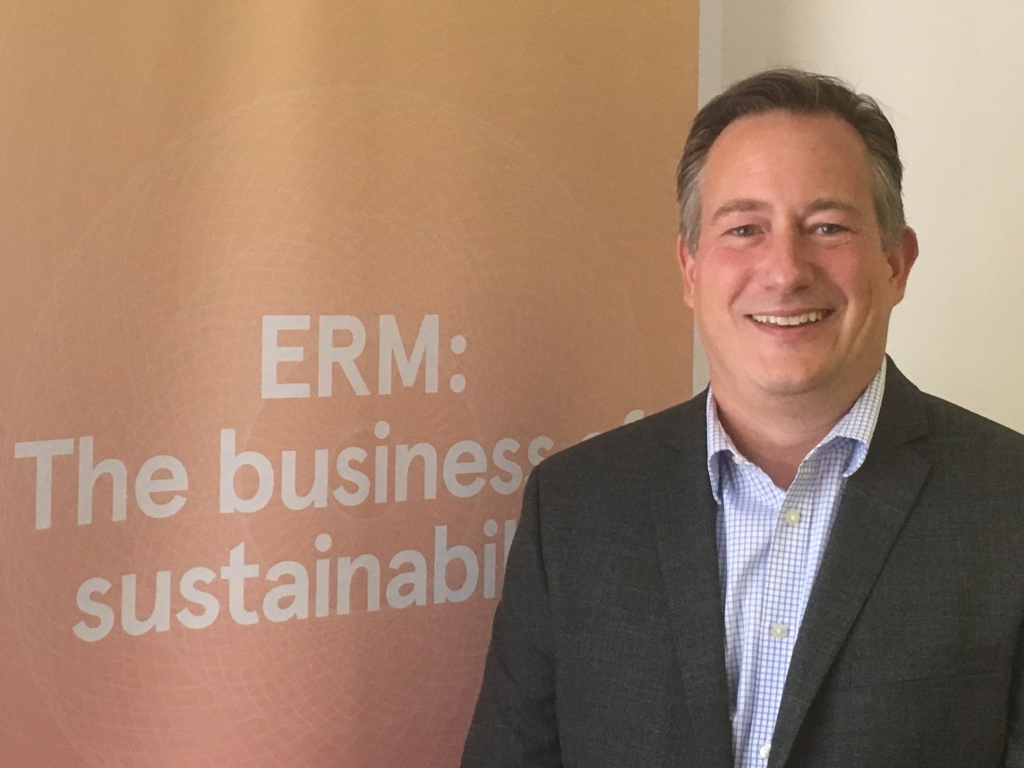ERM’s safety culture drives employees to continuously evaluate their activities to ensure that they are completing them safely. In addition to ongoing, ad hoc safety reviews, it is important for our people to periodically and consciously stop and assess activities that we are responsible for (or routinely observe), with respect to Safety. The completion of these formal audits are a leading indicator that can be used as one measure of Safety performance.
Our Partners are the senior leaders within our organization and a key part of these formal assessments. Senior leaders provide personal knowledge and demonstrate the expectations and attitudes that drive success. We describe this as Active Leadership. A critical component of senior-level Active Leadership is ensuring that the communication chain between senior leaders and employees is always open, by pursuing safety conversations and being receptive when approached by their team.
To support and encourage these safety conversations, we have developed our Active Leadership Audit Program (ALAP), consisting of different types of team engagements:
- Observation – a simple safety conversation with an employee;
- Office – a walk around the office looking evaluating physical conditions and safe behaviors;
- Project – a desktop discussion with the project manager on the risks and mitigations associated with project activities;
- Field – ‘boots on the ground’ engagement on a project site with the team.
A Different Approach to Measurement
Historically, the number of audits completed by an individual has been a common performance metric. Unfortunately, this often results in an organization focusing on negative indicators: rather than celebrating active leadership through the completion of audits, the focus is on individuals that are underperforming their goals.
To create a positive and sustainable approach to engaging our employees in the program, each Active Leadership Audit tool is associated with a specific “engagement point” value. Each time a Partner submits an ALAP, they are awarded Engagement Points – one point for a simple Observation ALAP, three points for an Office or Project ALAP, and five points for a Field ALAP.
An automated, real-time dashboard shows an employee their accumulated Engagement Points for the current quarter and the fiscal year to date. At the beginning of each quarter, the accumulated points for the new quarter are reset and accumulation begins anew. Previous quarter points are tracked and available for review via the dashboard.
In addition to an individual’s Engagement Points, an organizational Engagement Score is calculated at various levels within the organization (e.g., Office, Business Unit and Region). To drive senior leadership engagement, the organizational Engagement Score is calculated as the sum of all Partner engagement points divided by the Partner count at the beginning of the quarter.
Successful Implementation
Uptake of the program has been excellent:
- Leadership has found that conducting an ALAP gives them the ‘nudge’ they need to have a meaningful safety conversation with their team. In many cases, our Partners will involve clients, subcontractors, or other stakeholders in the ALAP process: fostering a collaborative environment and reinforcing ERM’s commitment to safety.
- Project teams have found the ALAP process be a positive experience, driving interaction with senior leaders in a non-judgmental way, and allowing them to demonstrate and discuss their project activities.
- Organizationally, we can review the composite results of all ALAP audits, down to the individual question, in order to identify trends. For example, if 70% of the organization answered Question 1 in the ‘negative’, then that topic is an area we may want to focus on.
In the coming year, we hope to drive ALAP participation into mid-level management, to continue driving engagement and increasing visibility into our projects.
Learn More
Access the latest Campbell Institute research on leading indicators.
View the latest webinar on leading indicators.

Rob Junnier, P.E., CSP Partner – Global Director of Safety Programs, ERM
The views expressed in this blog post are that of the author and do not necessarily represent the opinions of the Campbell Institute.


Add Comment